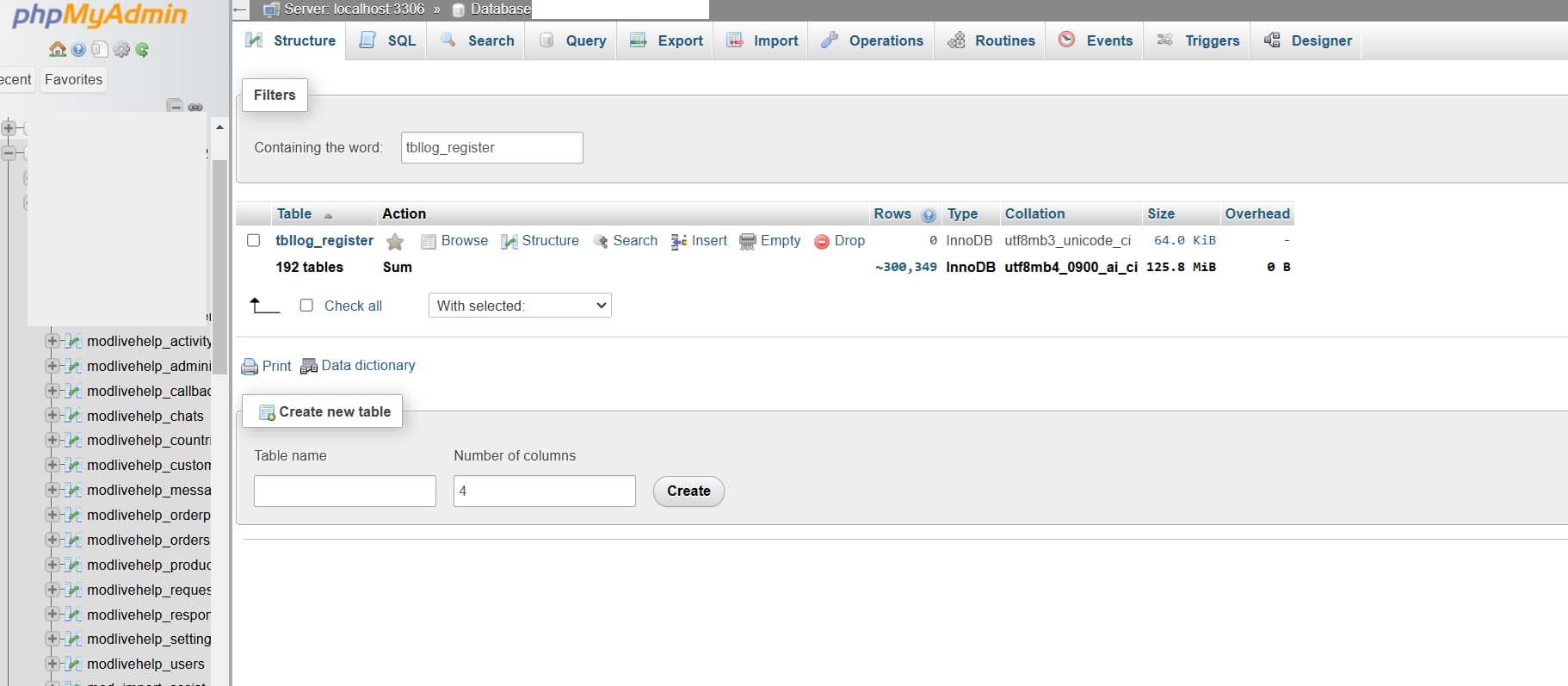As we approach 2024, online business growth relies heavily on website design, which is crucial for shaping customer experience. A well-designed site does more than just look good; it keeps visitors engaged and drives conversions. This blog explores how website design impacts customer experience and offers tips for enhancing your design to boost user satisfaction.
1. First Impressions Matter
As a matter of fact, the first impression of the visitor mainly comes from the design of your website. customer experience goes straight in pointing out that if the designs are messy or old it creates a bad impression in the minds of the customers making them leave in just a second. A clean professional and attractive design creates a good impression and makes the visitors explore more.
Well, an unimpressive first impression scares future customers away while an organized and designed website will hold the visitor’s attention.
In this fast-paced digital world, when people make decisions about a website just in a flash of time,
2. Navigation:
Navigation is one of the most elementary aspects of web design that directly impacts the customer experience. Without navigation, customers get frustrated and are more likely to leave their visit. Easy navigation not only helps to facilitate a good user experience but also acts as a catalyst for search engines to crawl through and index your site better.
A clear menu label can help with navigation while sidestepping the pitfalls of too many options at once, and ensuring the layout of your site is consistent page-to-page. The easier it’ll be to explore your content, the more they will likely spend time on your site in general.
3. Mobile Responsiveness
As more users access websites from mobile devices, ensuring a mobile-responsive design is essential. Mobile users expect fast loading times, and if a site isn’t optimized, it leads to a poor experience and high bounce rates. Mobile-friendly sites also rank higher in search engines, making optimization crucial. Ultimately, website design significantly impacts customer experience, as mobile users demand a seamless experience. If your website isn’t responsive, you are likely going to lose a lot of prospective customers.
4. Loading Speed
Also, a slow-loading website is another aspect of customer experience that is very important. Everyone wants instant access to information these days, so it’s frustrating and can lead to high bounce rates if there are even a few seconds’ delay. Slow websites cause customers not to view your content so they leave before seeing anything on your website-meaning lost opportunities.
Image compression, activation of browser caching, and fast hosting: All these can make your website fast and, therefore, offer the best experience to the user. Search engines, of course, also have site speed as one of the many ranking parameters, so speeding up your optimization will immediately boost not just customer satisfaction but also your SEO performance.
5. Visual Hierarchy and Content Presentation
It is the way you display content to users that will, in fact, determine how they will actually engage with your website. A good visual hierarchy ensures that important things such as key product features, calls to action, or contact details are easily found.
Using headers, bullet points, and white space can better break up your content for your users. When a website loads the visitor with too much information or a messy layout, that visitor leaves. A clean, organized design will enhance readability and invite the user to take in your content.
6. Consistency Across Pages
Consistency in design elements- whether that is in fonts, colors, and layout- will also be one of the principles ensuring that user experience is smooth and seamless. Inconsistency brings confusion to users and, as such, creates a disjointed frustrating experience.
The more consistency on all the pages, the more familiar and professional a website becomes, hence more likely to gain users’ trust and satisfaction. A consistent design equally emphasizes your brand identity, making it easier for customers to recognize and remember your business.
7. Call to Action (CTA)
A CTA is a significant component in the designing of a web page and prompts the visitor to do something specific. It is either to make a purchase of the product being sold, to subscribe to the newsletter, or to reach the company. The design, positioning, and placement of your website hence determine the effectiveness of the CTA.
A good and attractive CTA motivates users to continue. But if it is not well-designed or hidden, then you are losing opportunities. big buttons, and short text that clearly describes what action you want the user to take to make your CTAs stand out.
8. Trust and Security Features
Customers need to feel secure whenever they visit your site, especially if a customer needs to provide some confidential information on the site Some of the security when accessing your site secure forms of payment.
Include a few trust badges, which is one of the key drivers in enhancing the customer experience and chances for conversion.
9. User Feedback and Personalization
A good web design should allow user feedback and interaction. Personalized recommendations based on user behavior create a more interactive and customized experience, enhancing user satisfaction. Product suggestions make users feel valued, fostering stronger loyalty and increasing conversions.
10. Conclusion: Web Design Impacts Customer Experience
Overall, website design gives out numerous ways that may affect customer experience the first look to navigate, A good website design will uplift user satisfaction, have better performances in SEO, and eventually drive more conversions and loyalty toward the brand. As businesses compete digitally and continually need to bring forth preferable customer experiences, they can’t avoid investing in high-quality website designs for future success in delivering superior customer experiences.







